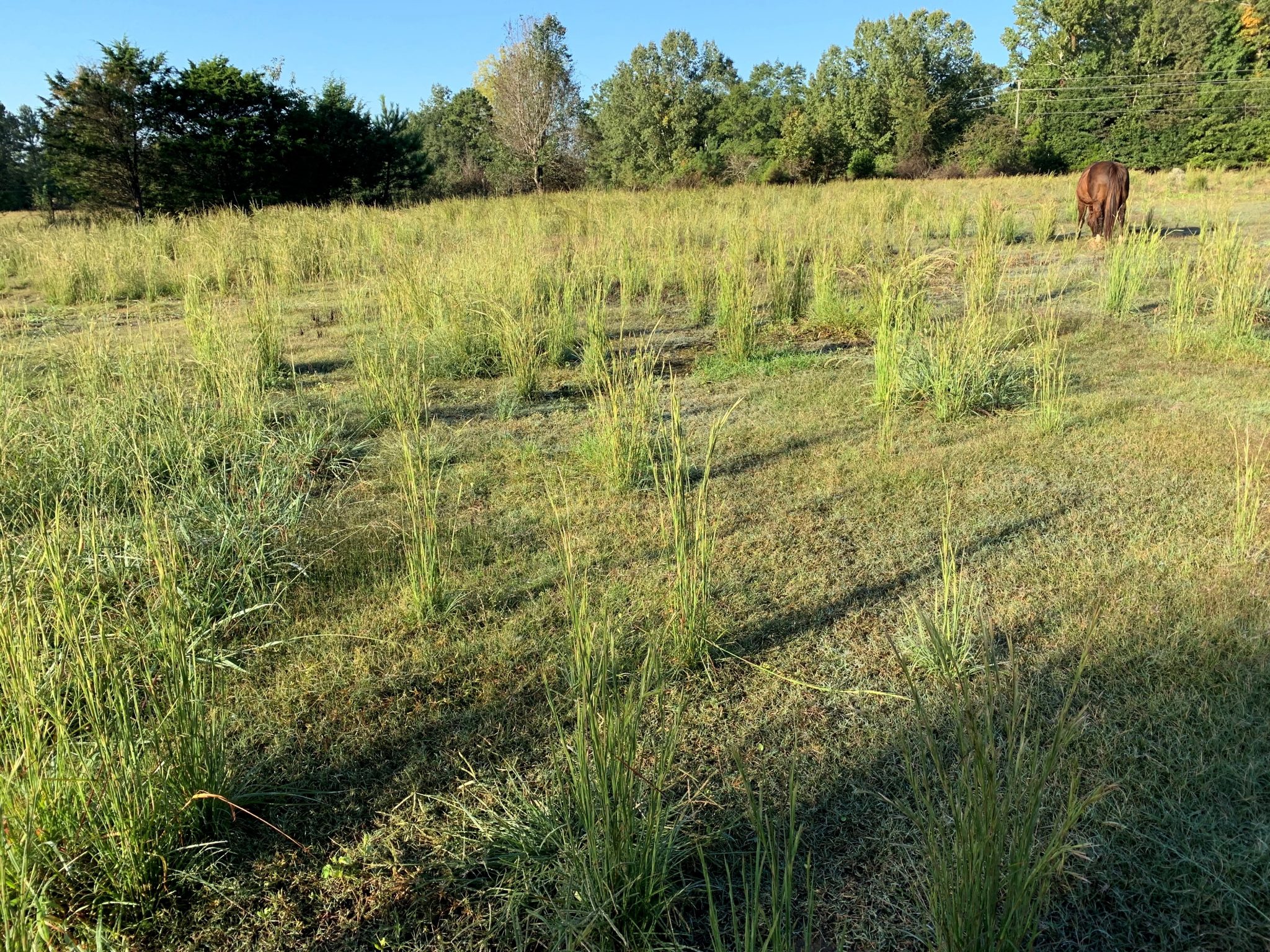Farming

Broomsedge is a weedy grass people commonly find in pastures. Although not a highly competitive species, some perceive it as such in many pastures and hayfields across Alabama. It is an opportunistic native plant; it takes advantages of situations that decrease competitiveness of desirable forage plants. At least two conditions favor broomsedge invasion: poor soil fertility and inadequate grazing pressure.
Poor Soil Fertility
When soil fertility and/or soil pH are not appropriate for active growth of desired forage plants, broomsedge often becomes a problem. Pastures depleted of nutrients or with highly acidic soils create conditions unfavorable for growth of most forage crops. At the same time, these soil conditions are favorable for broomsedge growth and competitiveness, causing it to become a problem in pastures.
Maintaining soil fertility and pH is a producer’s best option for controlling broomsedge emergence. If it is already a problem, bringing soil fertility and pH back to the recommended level based on soil test recommendations is the first step.
Inadequate Grazing Pressure
Inadequate grazing or defoliation pressure during the beginning of the growing season for broomsedge can also favor this plant. Cattle will actively graze it when it is producing young vegetative growth. Early in the growing season, it is quite palatable and continued defoliation at this stage will help decrease plant vigor. However, as it is allowed to mature, it becomes highly fibrous and unpalatable and cattle will not eat it. Inadequate defoliation pressure reduces stress on the plant while increasing stress on desirable forage plants. This creates a competitive advantage for the broomsedge.
Control Options
There are no safe broadcast-applied herbicide options that will selectively remove broomsedge without risk of injury to the desirable grass forage. In some cases, wiper applicators have provided successful weed suppression, especially when there is a greater height difference between the foliage of broomsedge and the desirable forage. It is recommended to use a 33 to 75 percent glyphosate solution (Roundup) in a weed-wiper or rope wick applicator and ensure adequate leaf contact is made. When proper herbicide use is combined with increased soil fertility and defoliation pressure, existing broomsedge will be weakened and become much less competitive.
Remember
Pastures don’t get in a poor condition overnight and producers won’t fix them that quickly either. Having regular soil tests and maintaining soil health and fertility will help keep broomsedge problems at bay. The length of time required to correct these infestations will vary greatly depending on the extent of defoliation and fertilization and the initial health of the established broomsedge.

